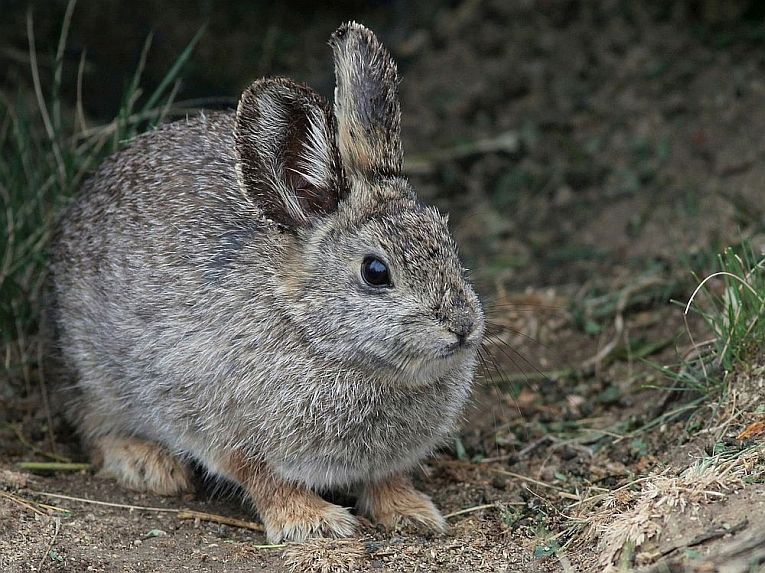The hare and rabbit population of Eurasia at the beginning of the Miocene was separated by a large sea, around which some animals may have wandered. The reality is that, after 14mya, the Paratethys Sea started to disappear and a process of colonisation could take place.
The rabbit genus Amphilagus, like the modern Oryctolagus, is thought to be a European group. This discovery by Margarita Erbajeva & Nadezhda Alexeeva of the Russian Academy of Sciences in Ulan-Ude and Chiara Angelone of the Campus de la Universitat Autà ²noma de Barcelona places Amphilagus tomidai as a new species, representing the only bunny so far known to reach the Aral Sea area (in present-day Uzbekistan) from the European Alps region after the loss of the Paratethys Sea.
This ancient species lived around the west coast of Lake Baikal and was large, especially in its upper teeth, but quite primitive in other ways. For example, the teeth couldn’t regrow as those of its modern relatives do and they have roots like ours, while modern rabbits don’t! This did create a problem for the 3 authors, as other fossil European Amphilagus species all have rooted teeth. That’s evolution, folks.
The use of this research is to place geological history correctly according to the distribution of species on the continents. Biogeography has provided us with several important links in the past, not least the novel ideas on how the climate must have affected such species as these. The cool dry and open habitat for this rabbit might have resembled parts of Asia at the present time. As the common but sole member of Oryctolagus, the European rabbit is native to warm, dry habitats while the genus Amphilagus may have adapted to a different habitat, like some of the many North American cottontails
that number a massive 20 species if some relatives are included. Other mammals and many other plants and animals can eventually reveal the history of the Miocene which in fact lasted long into relatively modern times, at 5mya.
The journal Historical Biology published this paper as A new species of the genus (Lagomorpha, Mammalia) from the Middle Miocene of south-eastern Siberia.
Here to prove that the dozens of cottontail species haven’t got things all their own way, this was a cottontail in trouble several years ago.










